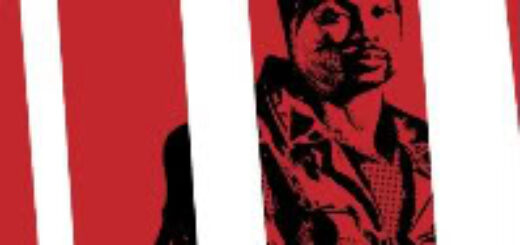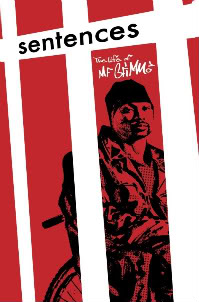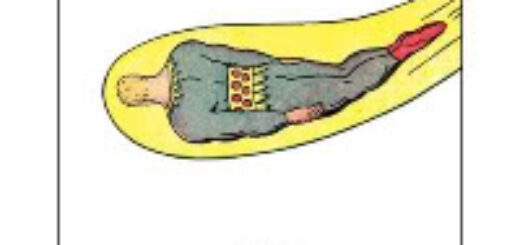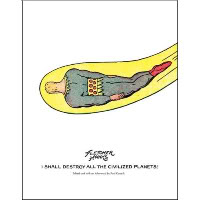Review: ‘The Education of Hopey Glass’
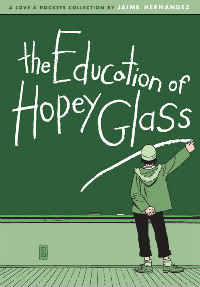
There’s something effortless about the comics of Jaime Hernandez. Both in storytelling and art, his Love and Rockets books glide smoothly, seamlessly along – perfect little vignettes into imagined lives.
This isn’t to say Hernandez doesn’t work hard at his craft. Take a deeper look at efforts like his latest collection, The Education of Hopey Glass (Fantagraphics, $19.99) and the attention to detail becomes eminently clear. But unless you will yourself toward that cause, it’s only too easy to slide right into the story and only come up for a breath when the last page has been flipped.
The first half of Hopey Glass is a particularly good example. More than just a glimpse into an unsettled life, Hernandez casts Hopey as a deeply shallow young woman suffering in the transition into adulthood, maturity and responsibility.
When her hedonistic impulses butt up against her new job as a teacher’s assistant, Hopey faces the pull of each world, and her anguish is palpable.
The book falters, though, when it suddenly drops that story and picks up the journey of Ray in his quest for women and success. While still a quality piece of comics, it’s much less compelling than Hopey’s story. And so the book as a whole becomes an incomplete puzzle, a collection of great but unfinished pieces.

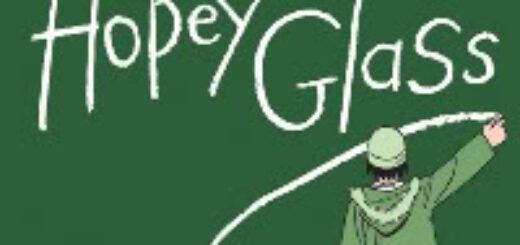

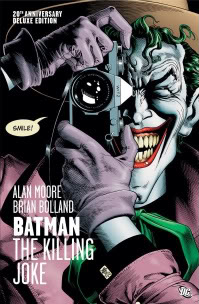
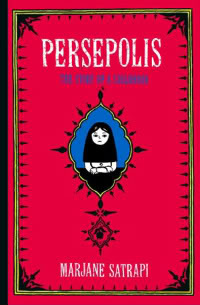 A couple of stories came out today in university newspapers revealing the continued growth of interest in comic books and graphic novels is beginning to manifest on campuses.
A couple of stories came out today in university newspapers revealing the continued growth of interest in comic books and graphic novels is beginning to manifest on campuses.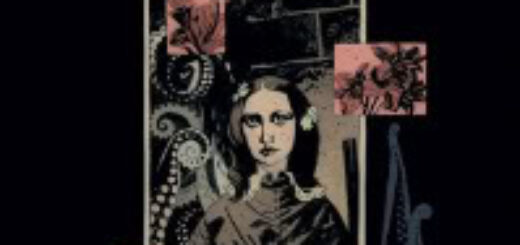
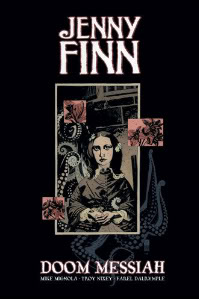 The first,
The first, 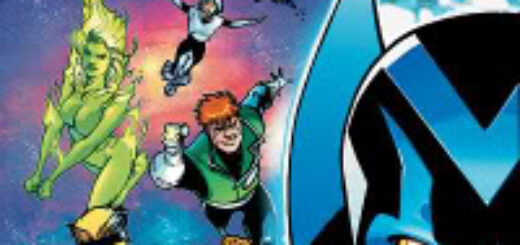
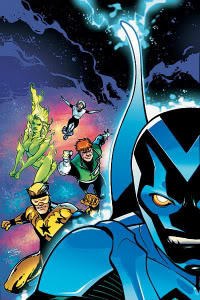 Book of the Week: Blue Beetle #25 — When this first series first started up, I loved the concept but found it too hit-or-miss to pick up on a regular basis. After reading this latest issue, I can firmly say that not only has writer John Rogers found his stride, he’s turned this book into one of DC’s best.
Book of the Week: Blue Beetle #25 — When this first series first started up, I loved the concept but found it too hit-or-miss to pick up on a regular basis. After reading this latest issue, I can firmly say that not only has writer John Rogers found his stride, he’s turned this book into one of DC’s best.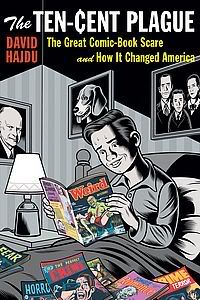
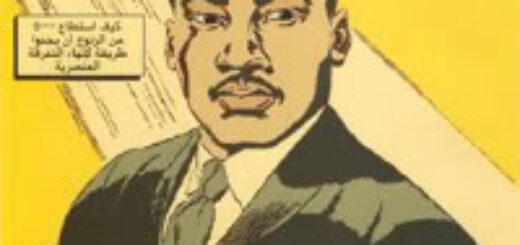
 In the great book Freakonomics, one of my favorite stories is the one detailing how the writers of the old Superman TV show used a storyline to give a negative depiction of the Ku Klux Klan, and that alone was one of the most effective methods of turning public opinion against the Klan.
In the great book Freakonomics, one of my favorite stories is the one detailing how the writers of the old Superman TV show used a storyline to give a negative depiction of the Ku Klux Klan, and that alone was one of the most effective methods of turning public opinion against the Klan.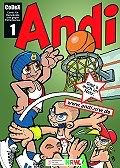 The article says Muslim response to the project has been positive. From the article:
The article says Muslim response to the project has been positive. From the article: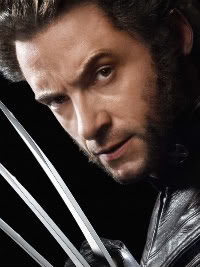 Apparently playing Wolverine has given Hugh Jackman a taste for comic books, as the actor just announced his production company is developing a new comic series with Virgin Comics.
Apparently playing Wolverine has given Hugh Jackman a taste for comic books, as the actor just announced his production company is developing a new comic series with Virgin Comics.